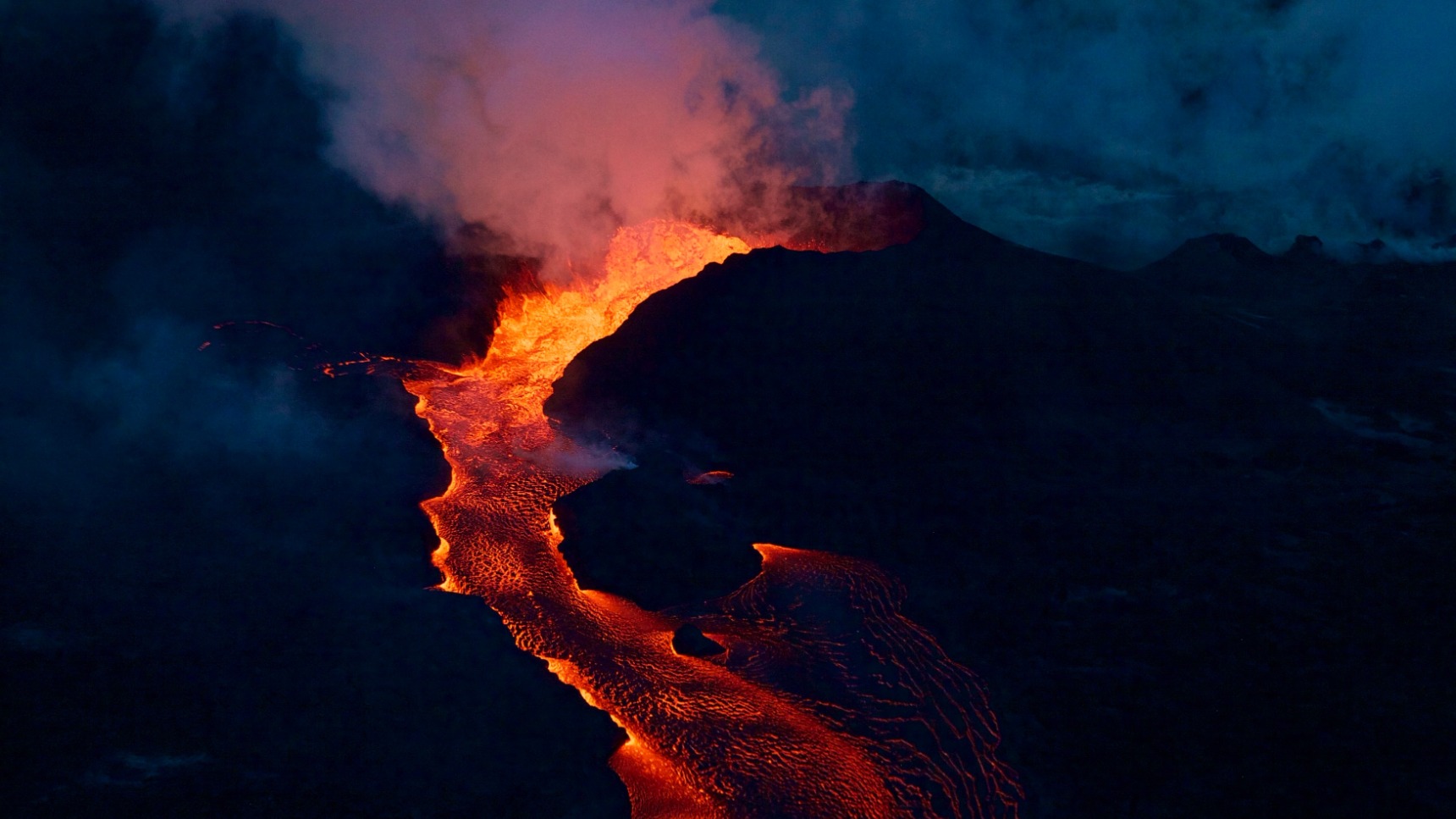Potential Volcanic Activities of Kilauea
Kilauea is an active volcano on the island of Hawaii. It is the youngest and most active volcano in the Hawaiian Islands. Kilauea has been erupting continuously since 1983. The volcano is located in the southeastern part of the island, in the Puna District.
Topological Angle
Kilauea is an active volcano on the island of Hawaii. It is the youngest and most active volcano in the Hawaiian Islands. Kilauea has been erupting continuously since 1983. The volcano is located in the southeastern part of the island, in the Puna District.

The topological angle of Kilauea is about 15 degrees. This means that the volcano is relatively steep. The steep slope of the volcano is due to the fact that it is located on the flank of a larger volcano, Mauna Loa. Mauna Loa is the largest volcano in the Hawaiian Islands.
Other Factors Affecting Volcanic Activity
In addition to the topological angle, there are other factors that can affect the potential for volcanic activity at Kilauea. These factors include the location of the volcano, the type of magma that is present, and the amount of stress that is building up on the volcano.
Monitoring Kilauea
The Hawaiian Volcano Observatory (HVO) monitors Kilauea closely for signs of activity. HVO scientists use a variety of tools to monitor the volcano, including seismometers, tiltmeters, and GPS instruments. These instruments help HVO scientists to track the movement of magma and to identify any changes in the volcano's activity.
Conclusion
The next eruption of Kilauea is unpredictable. However, HVO scientists are working to improve their understanding of the volcano so that they can better predict when an eruption will occur.